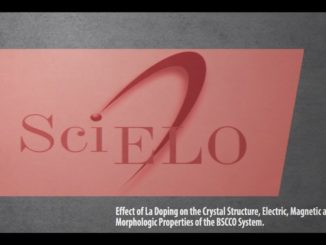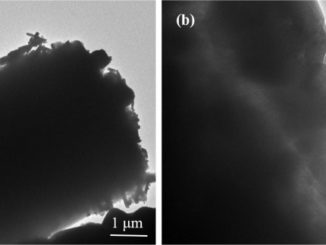
Writers: Rodney Marcelo do Nascimento, Vanessa Rafaela de Carvalho, José Silvio Govone, Antônio Carlos Hernandes, Nilson Cristino da Cruz
Keywords: ceramic; surfaces
Abstract: This manuscript reports an evaluation of the effects of simple chemical-heat treatments on the deposition of different ceramic coatings, i.e., TiO2, CaTiO3 and CaP, on commercially pure titanium (cp-Ti) and Ti6Al4V and the influence of the coatings on cells interaction with the surfaces. The ceramic materials were prepared by the sol-gel method and the coating adhesion was analyzed by pull-off
bending tests. The wettability of positively or negatively charged surfaces was characterized by contact angle measurements, which also enabled the calculation of the surface free energy through the polar-apolar liquids approach. Both acid and alkaline treatments activated the cp-Ti, whereas Ti6Al4V was only activated by the alkaline treatment. Such treatment led to increased hydrophilicity with inhibition of the fibroblastic response on Ti6Al4V. On the other hand, osteoblastic cells adhered to and proliferated on the positively and negatively charged surfaces. The maximum adhesion strength (~ 3400 N) was obtained with a negative Ti6Al4V-CaTiO3-CaP multilayer surface.




